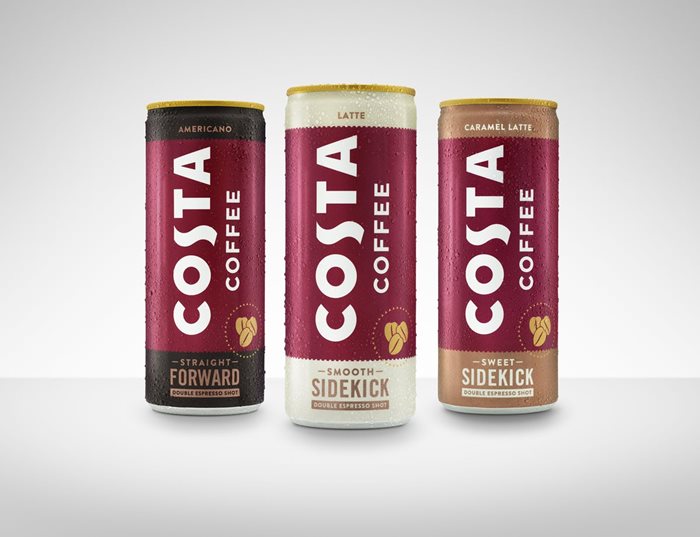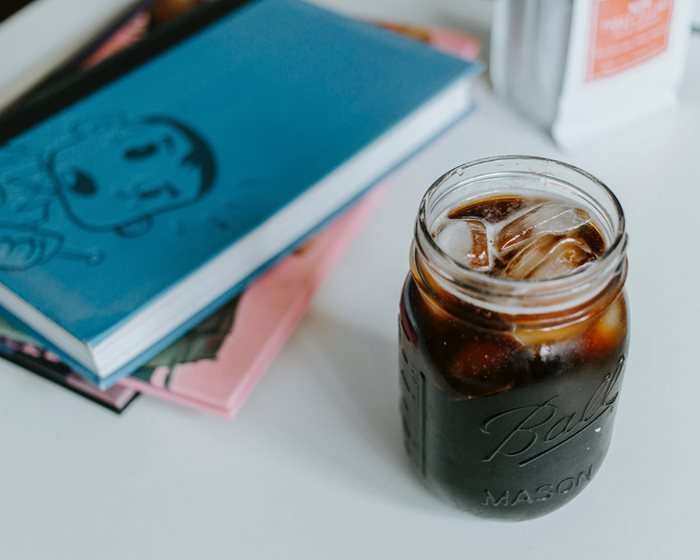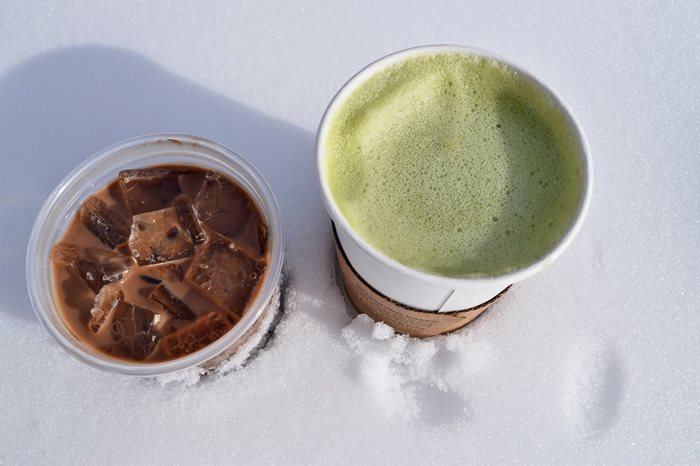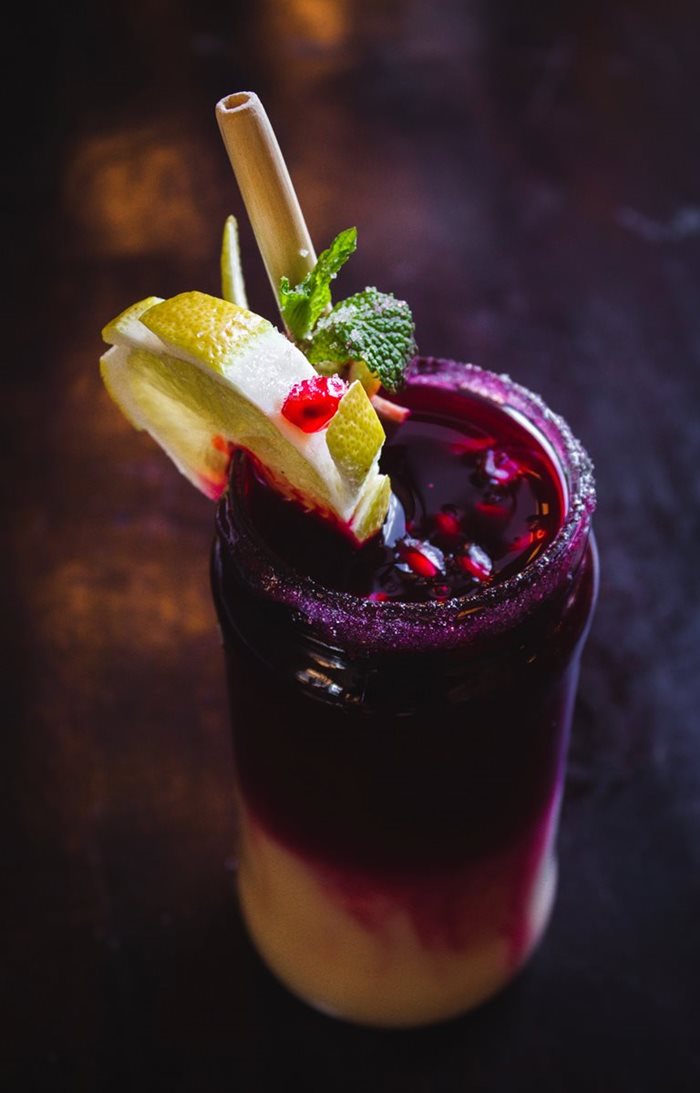Allegra estimates 170 million iced beverages are served in UK cafés every year. But with the vast majority still sold during the summer months and under-30s consumption outpacing older demographics, operators must finesse their iced menu to extract best value from this fast-growing £395m segment. Here are four key dynamics shaping UK iced beverage consumption today
1. The rise of ready-to-drink

Costa Coffee launched its first range of RTD coffee earlier this year following Coca-Cola's £3.9bn aquisition of the coffee chain in late 2018
Ready-to-drink (RTD) coffee has been gaining traction in the UK since the mid-2010s and today is widely available across branded coffee chains, non-specialist operators, supermarkets and kiosks.
The mainstream appeal of RTD coffee was demonstrated in June 2019, when Costa Coffee launched its first range of iced coffee beverages following Coca-Cola’s £3.9bn acquisition of the coffee chain in late 2018. The three variants – Classic Latte, Caramel Latte and Black Americano, are scheduled for launch in Poland and China following their UK debut. Coca-Cola European Partners, an FMCG company, also distributes the RTD brand
Honest Coffee in Europe, demonstrating that RTD coffee is crucial to the US beverage giant’s quest to become a ‘total beverage’ company.
Hot on the heels of Coca-Cola’s Costa RTD launch, in July 2019 Lavazza and Pepsico announced a strategic partnership to launch RTD canned coffee in the UK and Europe. In a press statement, Lavazza said the iced cappuccino range was the first step in a partnership to accelerate innovation in the ‘rapidly growing’ RTD segment.
With a longer shelf-life and fewer associated operational costs than hand-made beverages, RTD represents an efficient revenue stream with plenty of growth potential for operators.
2. Cold brew comes to town

Two thirds of industry leaders expect cold brew to become a high street staple within three years
Initially limited to specialty cafés, cold brew is now widely available in the UK, with the broader market potential continuing to grow into the mainstream. Today cold brew is available across the UK’s three largest branded chains, Costa Coffee, Starbucks and Caffè Nero, which has vastly contributed to growing consumer recognition.
Growing market penetration is reflected in the 45% of percent of industry leaders surveyed identified cold brew as the most significant product opportunity in the iced beverage segment, ahead of handmade iced drinks (42%). It is also evident in the RTD cold brew ranges already available from Sandows, Nescafé, Minor figures, Union Hand Roasted Coffee and Califia.
Yet while two thirds of industry leaders expect cold brew to become a high street staple within three years, just 10% believe nitro will attain the same popularity.
3. Can the young drive year-round iced consumption?

Iced beverage sales are heavily weather dependent in the UK with peak peformance in the warmer June-August period
While Allegra research shows the UK iced segment is enjoying robust annual sales growth, sales remain heavily dependent on warm, sunny weather. This means cafés typically have a short window from June-August to extract the most value from an iced offering. Operators must also grapple with spells of inclement weather during this annual sales window, which can disrupt sales performance and lead to wastage.
The seasonal sales dynamic is accentuated by entrenched cultural attitudes among UK consumers surrounding the consumption of cold beverages. 66% of consumers surveyed only purchase iced beverages during hot weather, with 10% only willing to purchase during the winter months.
Younger consumers could, however, hold the key to a year-round iced offering. Allegra research shoes under-30s who drink iced beverages make a purchase on average every week, with winter consumption 6% higher than the average across other age ranges. Millennials are also more likely to perceive iced beverages served out-of-home as representing value-for-money
This indicates Millennials and Generation Z should be a key target demographic for operators wishing to expand their iced. Instagrammable products, such as cold brew, freak shakes, coffee martinis and the cascade effect of nitro all appeal to this younger, more adventurous age-group and represent a range of both indulgent and health-focused revenue streams.
4. Healthy hits and sweet treats

Half of consumers would purchase iced beverages more often if they were healthier
Just over half of UK consumers surveyed would be compelled to purchase iced coffee beverages more often if they were healthier. With many iced coffee products including significant calorific and sugar content in the form of milk, cream and syrups, there is the opportunity for operators to capitalise on greater desire for healthier iced beverages, such cold brew and nitro coffee, which are naturally low in calories. While plant-based juices can be naturally high in sugar, these beverages carry a range of desirable health benefits, including antioxidants and vitamins.
Nutritional labelling on menus is also playing a greater role in the iced beverage market. Amid the climate of greater health awareness, some major operators, including Starbucks, McDonald’s, AMT Coffee and Joe & The Juice include complete calorie information with their in-store menus. However, in mid-2018 the UK government began a consultation on the compulsory display of calorie information on all food and drink served out-of-home, a move which has generated concern among smaller businesses, which may not be exempted from the proposals.
Health and wellness is undoubtedly a key consumer trend in the UK coffee shop segment. Yet, when it comes to iced beverage purchases, over a quarter of consumers surveyed are motivated by indulgence, with just 9.5% of who had not purchased an iced beverage in the last 12 months deterred because they were too unhealthy. This indicates that cafés should aim for a balanced iced offering featuring both indulgent and health-focused products to suit different customer need-states.

Project Iced is Allegra’s extensive study of the UK’s fast-growing iced and blended beverage market. Our research reveals market size and growth projections, branded food and coffee-focused developments, key price comparisons and more.